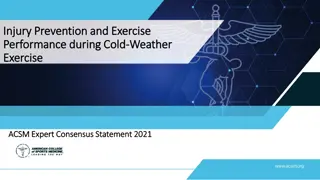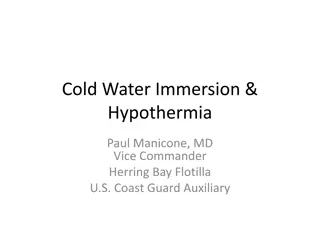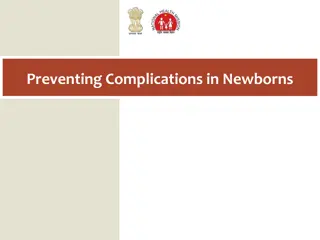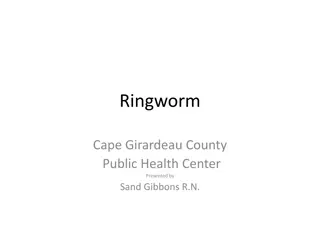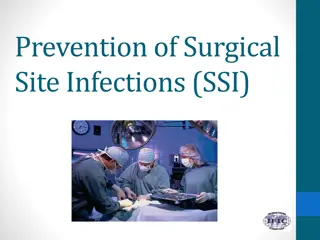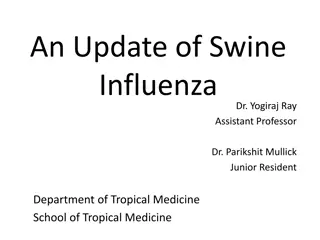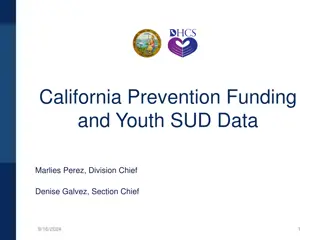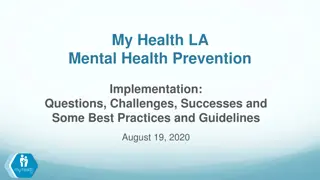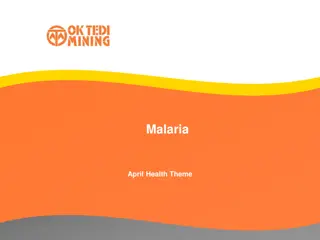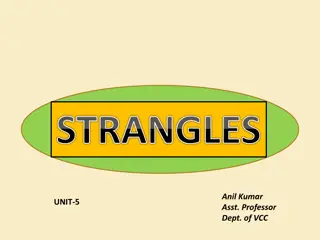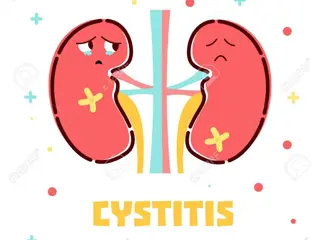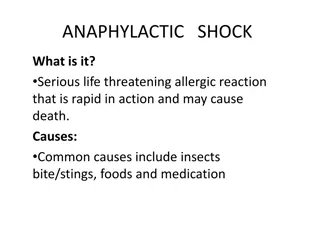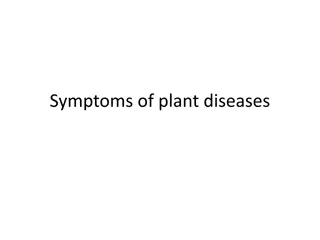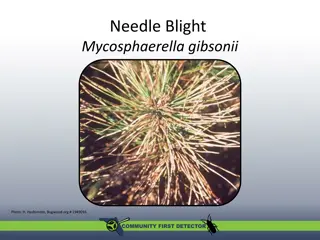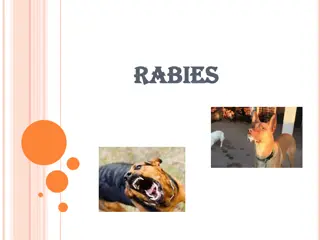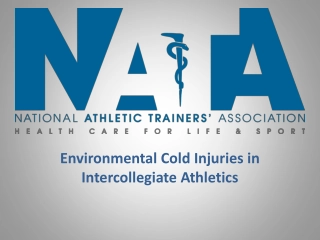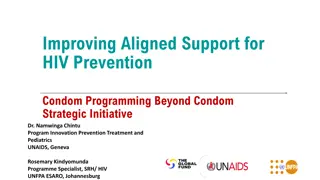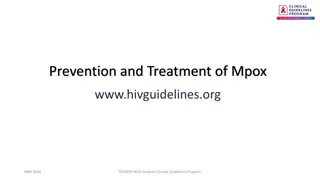Understanding Hypothermia: Symptoms, Prevention, and Treatment
Hypothermia is a condition where the body's temperature drops in response to cold. It can range from mild to severe, with potentially deadly consequences. Learn how to recognize and prevent hypothermia, including tips on measuring temperature in the field and preventing heat loss through proper clothing and gear.
Download Presentation

Please find below an Image/Link to download the presentation.
The content on the website is provided AS IS for your information and personal use only. It may not be sold, licensed, or shared on other websites without obtaining consent from the author. Download presentation by click this link. If you encounter any issues during the download, it is possible that the publisher has removed the file from their server.
E N D
Presentation Transcript
What is Hypothermia Hypothermia is a lowering of the body temperature in response to cold Mild Hypothermia Core temperature of 95 F (35 C) Moderate Hypothermia Core Temperature of 86 F (32 C) Severe Hypothermia Core Temperature less than 82 F (28 C)
Temperature is Difficult to Measure in the Field Core temperature is measured rectally Do not expose patient unnecessarily to obtain a temperature Oral, ear, and skin thermometers are unsuitable for this purpose inaccurate. Most conventional mercury thermometers do not register abnormally low temperatures For our purposes we will gauge severity by the appearance of the patient
We Lose Heat By Evaporation Loss of heat by vaporizing liquid from the skin or clothing Example: sweating Radiation Transfer of heat in the form of electromagnetic energy between two objects Example: warming hands by a fire Conduction Direct transfer of heat from warmer to cooler object in direct contact Sitting on a block of ice Convection Transfer of heat to or from a gas or liquid that is in motion Example: standing in front of a fan
Layering Allows removal of a layer of clothing when body heats from exertion Wicking layer next to skin Avoid Rotten Cotton the fabric of death Polypropylene doesn t hold water vapor and keeps us drier Insulating layer Wool or fleece insulate when wet Can wear multiple layers if needed Wind and water resistant layer Gortex or similar fabric breathes and allows passage of water vapor
Keep Your Feet Warm and Dry Wear suitable footwear for the conditions Don t let your feet get wet Wear dry socks, change if they become wet Have spare dry socks
People in Cold Climates Have learned to thrive in winter weather Hypothermia more likely After an accident Stuck or stalled vehicle If impaired by alcohol, drugs or a medical condition
In More Temperate Climates Hypothermia is more likely the result of misadventure Becoming lost Delayed by an injury Poor planning Inadequate preparation Unexpected adverse weather Accidental immersion Temperatures less than 50 F
Recognizing Hypothermia Mental Status: Normal mental status but cold : Not hypothermic Able to care for themselves, but slow: Mild hypothermia Conscious but disoriented: Moderate hypothermia Not shivering and unconscious: Severe hypothermia Shivering Slowed vital signs
Vital Signs Are difficult to obtain due clothing Pulse is difficult to detect if the rescuer has cold hands Check pulse and respiration for one full minute
Treatment of Hypothermia Protect the patient from further exposure Get them under shelter Wind and water-resistant layer Insulate them from the ground Sleeping bag Sleeping pad
Treatment of Moderate to Severe Hypothermia Keep them horizontal Remove all wet clothing Cut it off rather than moving patient
Active External Rewarming Use large heat packs on chest and back Smaller heat packs in armpits DO NOT use chemical heat packs due risk of burns DO NOT put hypothermic patient in shower or water bath Cause cardiovascular collapse by dilation of peripheral blood vessels
Active Rewarming Only if patient able to swallow Warm food and liquids High carbohydrate content is preferred
Evacuation Transport all hypothermic patients on a litter Handle VERY gently Keep the patient horizontal Helps prevent development of a lethal heart rhythm: ventricular fibrillation
Hypothermia Prevention and Management Kit Developed by military Commercially available Compact and self- contained Generate heat by internal heat packs Integral wind and water barrier
They Aint Dead til Theyre Warm and Dead! CPR and ventilation are appropriate in cardiac arrest It is safe to interrupt CPR for transportation One minute CPR One minute of movement Conventional ACLS interventions; medications and defibrillation are not indicated until the patient is warmed


